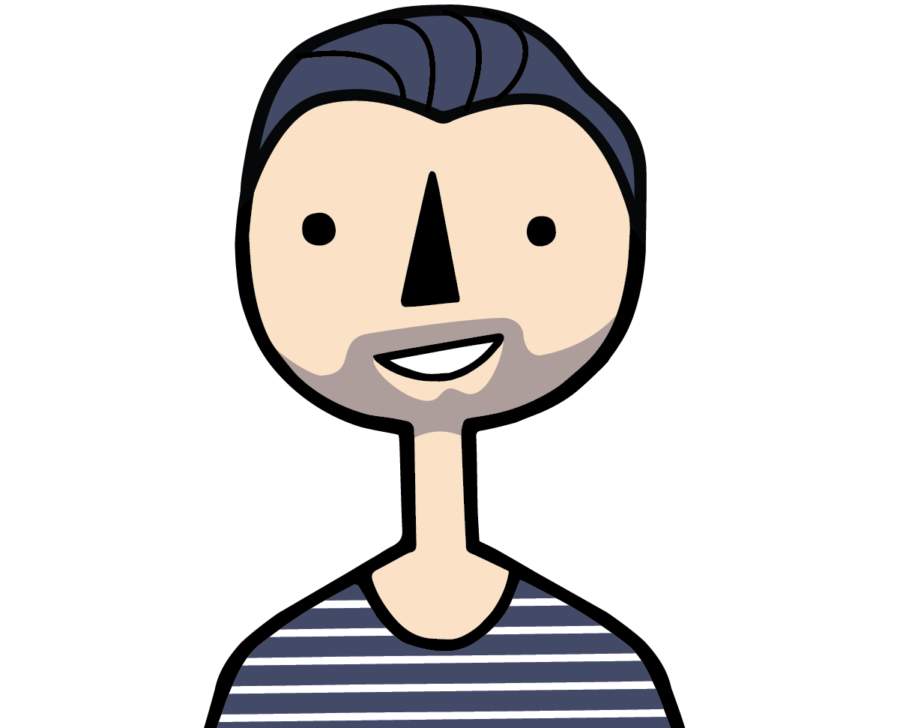Staff Spotlight: Charlie Michaels
Charlie Michaels, Director of Experiential Learning at C-SED and Lecturer in undergraduate education, recently sat down with storyteller Taylor Schott to answer some questions about his role at C-SED and what he’s looking forward to this year.
Story by Taylor Schott
How/why did you become involved with C-SED?
I applied for an open position at what was then called Insitu. The organization has gone through some name changes — at that time it was still pretty new. Then, I began working at Stamps as coordinator of their Social Engagement classes, aimed at integrating social learning into the curriculum.
I’m not an engineer myself, with no background training of the sort — but I was met with really positive feedback from the staff. The social element of C-SED was important for my role, and for the why. I’m very passionate about, and built my career on, making accessible the resources and the power of the University of Michigan. And, also the power of higher education institutions to communities outside of the university. It’s beneficial for communities, but also for the students, academics, faculty members, to understand how their work connects to challenges and problems outside of academia.
You are the Director for Experiential Learning at C-SED — can you define experiential learning, and why it is important?
The learning we do is hands-on in some form or another — which could look like C-SED programs working with organizations directly impacted by a challenge. Or, it could also look like a lab component to a class, or a solar car team. What we do is experiential and engaged — they’re not just doing a project where they build something, but also understanding the implications of it in the broader contexts in the world and engaging with others about and through their work.
You are also a lecturer — what topics do you primarily teach?
I taught a course for a few years before the pandemic, and hopefully it will come back: Finding Genuine Design Opportunities. It is a winter semester course that is also an introduction to socially engaged design — what it is, what the tools are, and the skills. Groups of 3 to 4 students come together to work towards a fieldwork component that happens during the months of May and June. To help identify a design opportunity, students work with community partners to identify assets and needs, define opportunities, and prioritize challenges to work on. The class exists because of the way that design projects are currently formed (ie. a faculty member chooses a project and students just design and build something) so they’re not asking questions such as “Why are we solving the problem, who’s involved, and what are the impacts?”. Engineering is mostly a technical education, so there needed to be a course where students could do this work on the front end and identify needs to make sure they’re working on the right things.
When it came to the Ecuador trip…
We worked with a small organization in rural Ecuador called Nido de Vida — a small farm run by an agricultural organization that experiments with organic and regenerative farming practices both with animals and crops. They live in a rural dairy farming community, and they hope to model these regenerative techniques to potentially be adopted by other farms. It’s also educational — they do farm visits. They came to us and asked about renewable energy to use on their farm — should we be putting up solar panels, or windmills?
They were asking an engineering group what they should build, and we asked them if they were okay with why they wanted to do this in the first place. What is it about renewable energy? Is it to better the livelihoods of people in the community? If so, are solar panels and windmills the answer? Then we began to explore the question of what better livelihoods look like.
When we went to Ecuador, we spent time interviewing, taking notes, and synthesizing answers and themes.The community themselves would prioritize those things to come up with their own themes: water, energy, the community organization, animals, to name a few.
Any advice for those considering your role, or a similar one?
For designers in general, advice is: be reflective always, in your work and also about yourself. Our own motivations don’t always align with what people’s real needs are, or what other people think is necessary. There is room for both, but to be a good designer with social impact, you need to constantly ask those questions: Am I the right person to be doing this? Am I allowing my own ideas about solutions to impact the direction I’m taking this?
Any unexpected parts of the job that surprised you?
What surprised me was how much hunger there was in engineering students and faculty to talk about these issues — of thinking about people first and thinking about the context of design projects, and about impact. I really had engineers pegged as technical minds. I didn’t expect that hunger to grow exponentially, with the number of students and faculty I was interacting with.
What is your favorite book?
The first book that comes to mind would be House of Leaves by Mark Danielewski. The book is about a documentary photographer who realizes, somehow, that the interior dimensions of a newly bought house are incorrect (ie. the inside is bigger than the outside). The house, throughout the book, changes to reveal interesting passageways, and as you go along, the book itself changes! The words grow bigger and get smaller. In terms of design books, Mismatch by Kat Holmes is a great one. Holmes was a designer at Microsoft and has done some great work with people living with disabilities.



